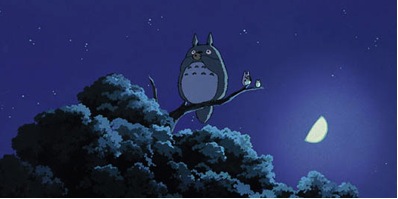
CASE #46: A Tree Joins the Monastery
According to Buddhaghosa, the precept against injuring plants and trees came about in the following manner.
Once when the Buddha had given permission for an assembly to dwell in the forest outside of the monastery, a certain monk decided to build himself lodging and, seeing a suitable tree for this purpose, began to cut it down. The spirit who inhabited the tree appeared to him carrying a child on her hip. “Please do not cut down my home,” she implored. But the monk answered, “This tree is perfect and I shall not be able to find another like it.”
Supposing that the monk had not noticed her child, the spirit placed it on a branch in order to dissuade him, but it was too late. Unable to check the force of the blow, the monk swung his axe and severed the child’s arm. The tree-spirit was angry and thought to kill the monk, but reasoned thus with herself: “If I kill this monk because he has destroyed my home, perchance the other trees of the grove will do likewise and kill the monks who live here. Rather than act with haste, I shall approach the Buddha about this matter.”
When he had heard her story, the Buddha praised the tree-spirit for her restraint and gave her a new abode—a great tree in the monastery courtyard from whence another tree-spirit had recently departed. There the spirit lived happily under the protection of the assembly of monks for many years to come.
BACKGROUND:
Buddhaghosa An Indian monk of the early 5th century C.E. Buddhaghosa was the author of The Path to Purification. His commentaries on the early Buddhist canon established many of the mainstream ideas of Theravada Buddhism.
The forest outside of the monastery The first Buddhist monasteries were groves rather than erected dwellings. Even when patrons later gave the assembly actual buildings to live in, these were erected within the precincts of sacred groves.
Tree-spirit Buddhism is a religion with deep roots in animism, the belief that spirits inhabit not only human bodies, but the bodies of animals and plants, rocks and other geological formations, and even the weather. It is interesting to note that Sujata, the girl who offers food to Shakyamuni on the day he arrives to sit beneath the bodhi tree, was in the act of honoring a yearly commitment to offer food to the deva who dwelled in that tree. Mistaking Shakyamuni for the deva, she offered the bowl of milk curds to him instead.
COMMENTARY:
A tree-spirit with a child on her hip implored a monk not to destroy her home. Apparently, there needed to be a rule about this. Go figure… It’s a wonder she didn’t obliterate the whole monastic order on the spot.
The way the story tells it, she got a better home closer to the Buddha. But maybe the Buddha just wanted to keep a close eye on her. Could he have been the only monk in the whole order who correctly estimated a tree?
VERSE:
The one true measure
Of any culture is how
It treats its trees.
Murder, mayhem, Madoff…
It all begins with the axe.
Thank you for subscribing to Tricycle! As a nonprofit, we depend on readers like you to keep Buddhist teachings and practices widely available.